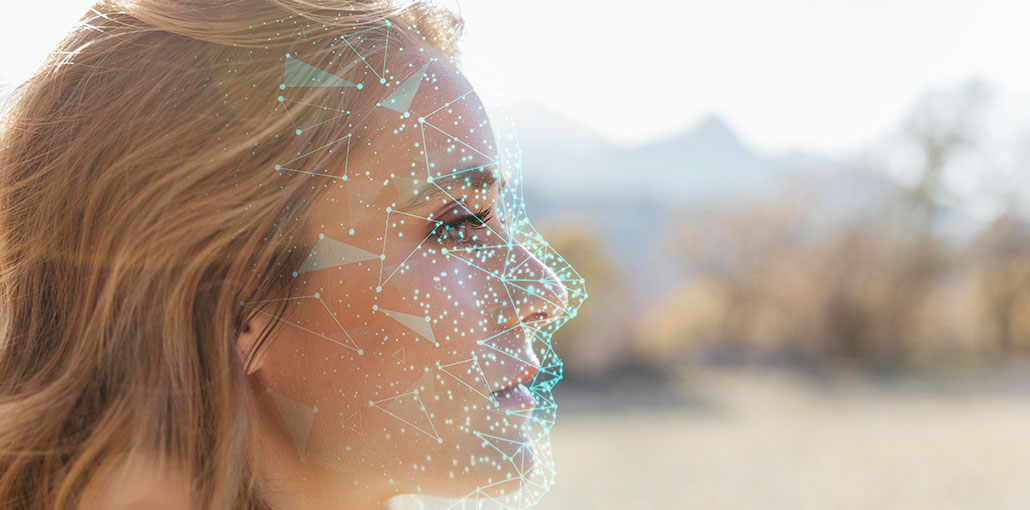Video and images are increasingly common in our day-to-day lives. This means that internet access is becoming more difficult for people with impaired vision. Technology is a tool that makes everything possible. Let’s take a look at the ways that image recognition technology can help make the digital and non-digital worlds more accessible to people with impaired vision.
Best Image Recognition Technology For Impaired Vision
1. Screen Reader
A screen reader is software that interprets and interprets images on the screen, then displays them to the user. This tool allows users to access the information from any image recognition tool they use.
2. Facebook Alternative Text
This Facebook feature is available to all internet users. This feature allows people with visual impairments to “see” the features of a photo by AI. After a photo has been selected by a user, a screen reader is turned on and Facebook uses AI algorithms to identify basic characteristics of the image and translate them into alt text.
3. MyEye 2.0
It attaches to any pair of glasses and provides audio feedback using image recognition technology.MyEye 2.0 features a small microphone and camera. These clips attach to a pair of glasses these are connected to a processor, which can be clipped onto your body. It can be used by pointing to text, which will prompt a computerized voice discreetly to read the text aloud.
4. LookTel
LookTel, a smartphone app that uses image recognition technology, makes it easy for low-vision individuals to use LookTel. It is able to detect and scan objects, and it can also be used on iPhones and Macs.
Nearly 1.3 billion people are affected by some form of visual impairment. These technologies and image recognition devices can greatly assist people who have no vision.
5. Aipoly
It’s an app that uses image recognition technology in order to identify and detect objects. Similar to MyEye 2.0, Deep learning is used for this purpose, even though it does not require internet access.










Leave a comment